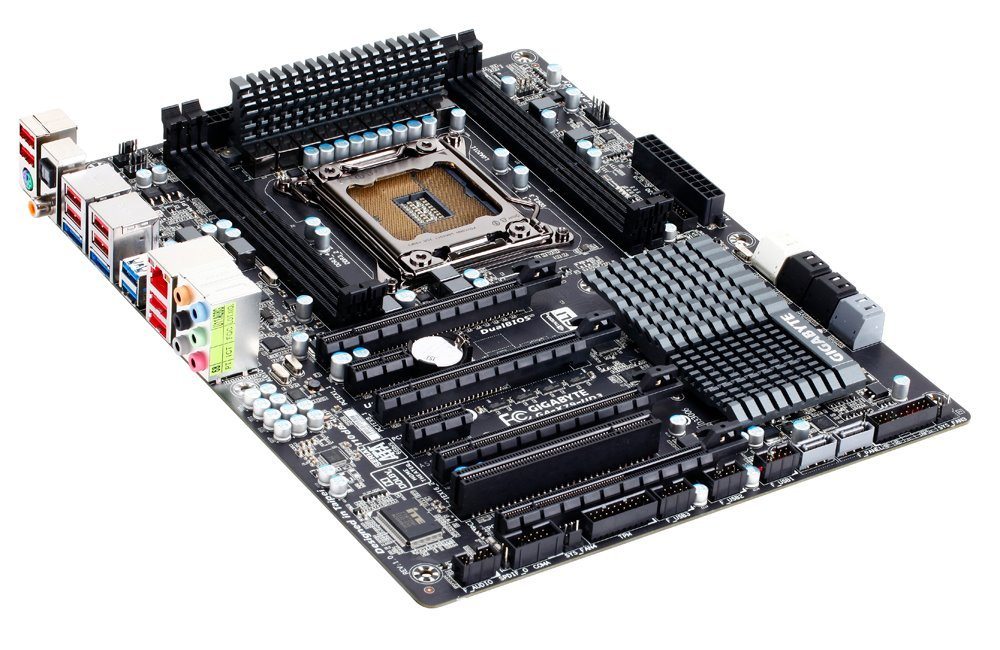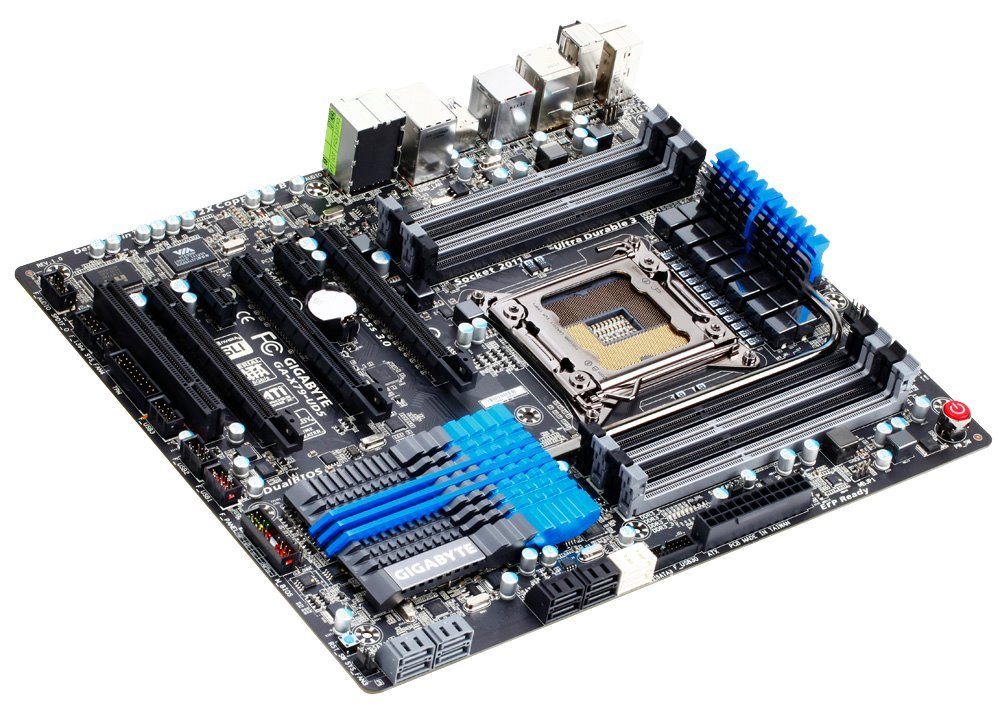Gigabyte readies the X79 UD3 and UD5 motherboards
Ryan Martin / 13 years ago
Gigabyte has its UD3 and UD5 revision 1.0 motherboards ready for the X79 launch. Whilst the UD7 name is being scrapped in favour of an OC branded board so the series of Gigabyte X79 boards should flow something like this:
| Board | Market Position | Pricing |
| GA-X79-UD3 | Entry | £175~ |
| GA-X79-UD5 | Mid Range/ Enthusiast | £245~ |
| GA-X79-OC | High End/ Overclocker | £300~ |
Although take the above pricing estimations as just that, since they are based off equivalent rough equivalency with X58 board pricing. Both the UD3 and UD5 boards have some features in common, such as the chipset provision of six SATA (Two SATA III and four SATA II) ports, the SAS ports have been scrapped.
The UD3 is going to utilise an 8+1 Phase VRM plus a 4 Phase VRM for the four DIMM slots which support quad channel memory. There are four PCI-Express 3.0 x16 slots, among which two are x16 capable, and all four are x8 capable. There are two PCIe x1, and a legacy PCI slot which is probably the only obvious indicator this is an entry level board for the X79 platform. In addition to the aforementioned SATA ports there are an additional Four SATA III and two SATA III e-SATA ports provided by a third party Marvell controller. There are four USB 3.0 ports, two on the rear panel, and two via internal header. 8+2 channel HD audio, a number of USB 2.0 ports, and one gigabit Ethernet connection for the rest of the connectivity.
The UD5 uses a much beefier power delivery design with a 14 Phase VRM with the same 4 Phase memory VRM which powers 8 DIMMs as opposed to only four on the UD3. However, the UD5 has only three PCI-E 3.0 lanes (Two 16x one 8x) compared to the UD3 which packs four. The reason for this is the extra room needed for the higher quality VRM, POSCAP capacitors and extra four DIMM slots mean there isn’t enough room for a fourth PCI-E 3.0 lane. Although the PCI lane still remains so it seems logical given the nature of the X79 platform to scrap the PCI lane in favour of another PCI-E 3.0 lane but clearly Gigabyte had other ideas. SATA and USB configurations are identical to the UD3 except this board has been given onboard firewire.





















